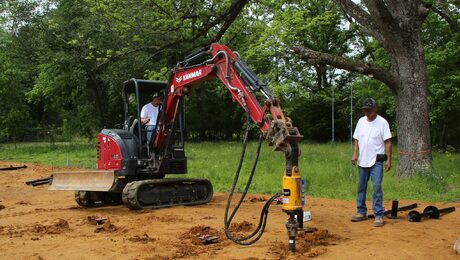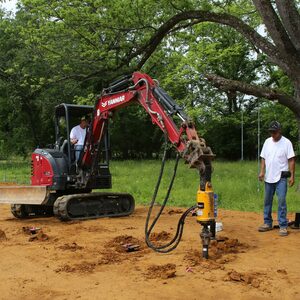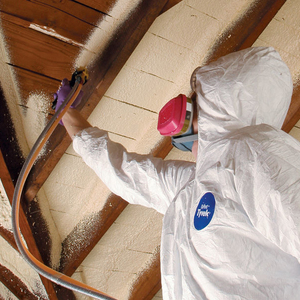Drywall on Uneven Old Ceiling–Best Practice to Frame Level
Hello. I’ve spent a couple of hours searching the archives but given the time I’ll invest in this project I’m also soliciting advice. Our 100-year-old condo has uneven joists and I’m considering sistering either wood 2×6 (straighter than 2×4) or steel track to reframe the living room ceiling in order to have a flat surface for drywall. The room is about 20’x20′. One wall will likely require sistering as well. This was previously finished in plaster, covering uneven framing. A laser seems optimal for this project and I could use any recommendations there as to type.
At a minimum, I plan to use 5/8″ sheetrock, but I may use two sheets of drywall/green glue and/or some insulation to improve soundproofing.
I’ve seen this article and it may be sufficient.
https://www.finehomebuilding.com/project-guides/framing/leveling-an-old-ceiling
Another article recommends hanging two steel tracks 10′ apart, then clamping perpendicular track to the bottom via Vise-Grips in order to have a surface on which to simply place intervening track on top of the track without measuring. This seems superior to measuring every piece.
I understand the steel studs will be lightweight and straight and this is appealing. However, I am inclined to use wood as I’ll need nailing material for crown around the edges, am accustomed to wood, and to leave open the undecided option of adding decorative beams which would benefit from the greater nail purchase in wood.
I am grateful for any suggestions you could offer.
Thank you.
KAS



















Replies
You might want to consider acoustic isolation mounts for metal channel if you are worried about sound.
Wood or metal both work for your situation. Metal will be lighter and straighter. It really depends on how comfortable you are with the material and what sort of tools you have.
When I faced the same situation I went across the joists with 2x4 on the flat shimming as needed. But I had the material onsite for other areas and a chopsaw with wood blade and framing nail gun already set up on the job.
It also depends on how high the ceilings are on what your lighting source is. In my case 10ft high ceilings and lots of down lighting windows were ar least 3-4ft from ceiling height so no parallel light highlighting any uneveness...
I think it will be easier / faster / less expensive to get a flat ceiling using steel. Screws will have better holding power than nails as well.
Support blocks for the faux beams should be screwed to the ceiling. The faux beams can be nailed to that.
For multi piece crown molding, the base and cornice strips are screwed to the wall and ceiling. The final piece, glued and nailed to the base and cornice, will cover the screws. For single piece crown, screw in a backing strip and attach the crown to that.
Add blocking where you will need any other fastener support.
Thank you for your comments.
To clarify, 1) All tools are on hand except a laser, which is probably handier than my water level that seemed not too exact. 2) Ceilings are 9'. 3) Crown will be built up by screwing base stock to wall and ceiling.
Hanging two sheets of ceiling drywall plus possible faux beams makes me think I should lean toward wood for greater holding power than a screw thread holding in 20 gauge steel. Am I mistaken?
If I use wood I'll probably want to rip the 2x6s to be straight. I mention 2x6 because they are so much straighter than the 2x4s I buy at big box retailers.
Catalogue data from Triangle Fastener.
Pull out strength for #6 drywall screws:
26 Gauge steel 107 lb
20 Gauge steel 214 lb
2x4 SYP 3/4 penetration: 290 lb.
No problem for the double 5/8 drywall. even with 26 ga.
How heavy are the faux beams you are considering?
Thank you, catmandeux. I appreciate actual data.
I don't know the weight of the faux beams. If we use this design, they will likely be a poplar construction I build on site.
It's been 8-10 years since I re-did two ceilings on my house that was built in 1910. Used the steel, 2 x 4 material from HD. Rented a laser level gizmo that spins a beam around constantly. I believe the rental price was around $85 for a week. Also rented a drywall lifter. I put blocking up for the crown after I hung the steel. Only used one layer of 5/8ths drywall. Went with butt-hikers for the second ceiling and it was way easier to mud than the first. Both ceilings are still really good; flat, level and no cracks, etc. The hardest part was getting the old plaster down and moving it to the landfill. It was plaster on wood lath with an imbedded metal screen.
Thank you, RoyTurning. I just completed the miserable demolition of plaster and lath, and have the lift and recessed butt joint boards ready to go.